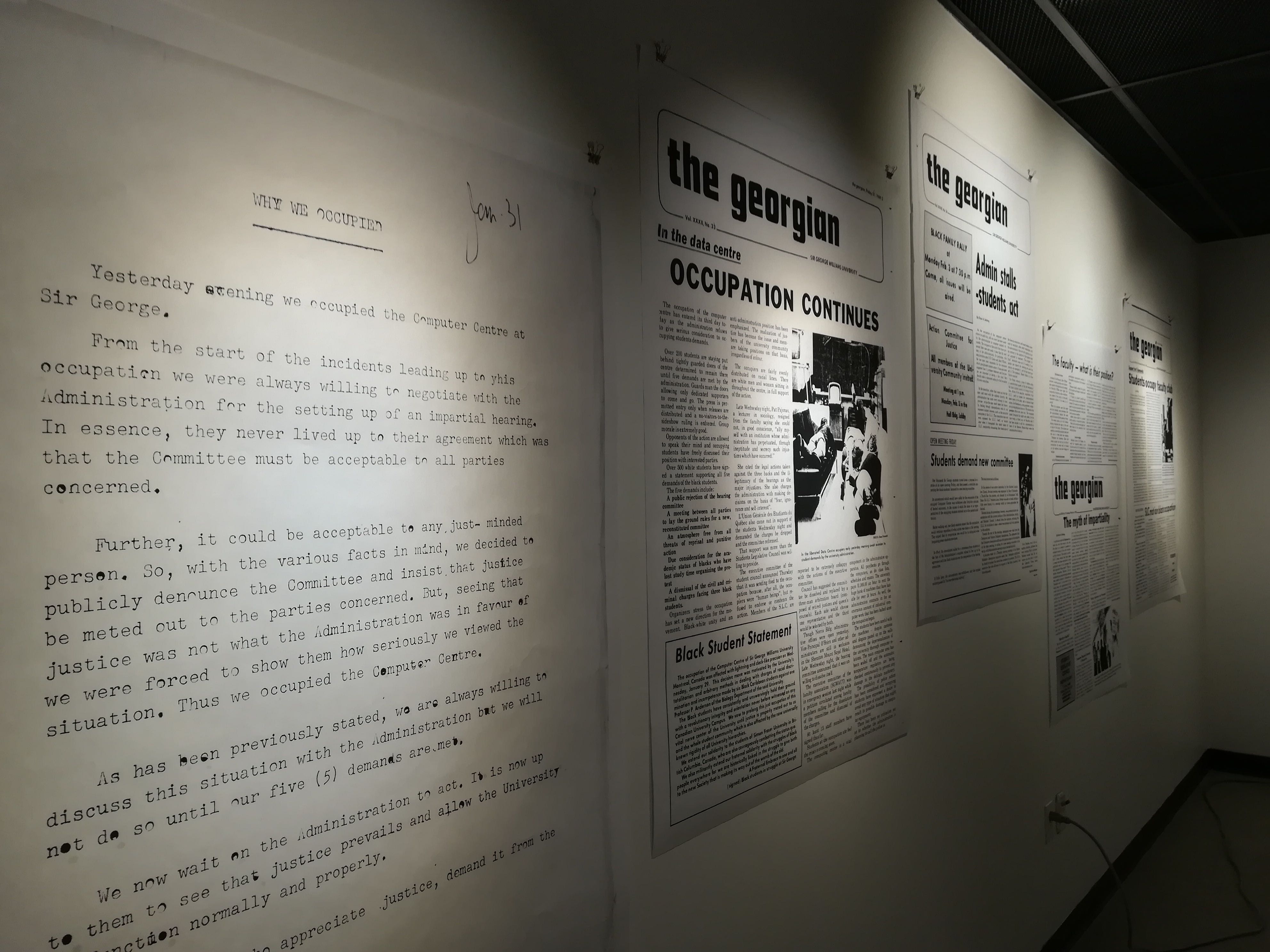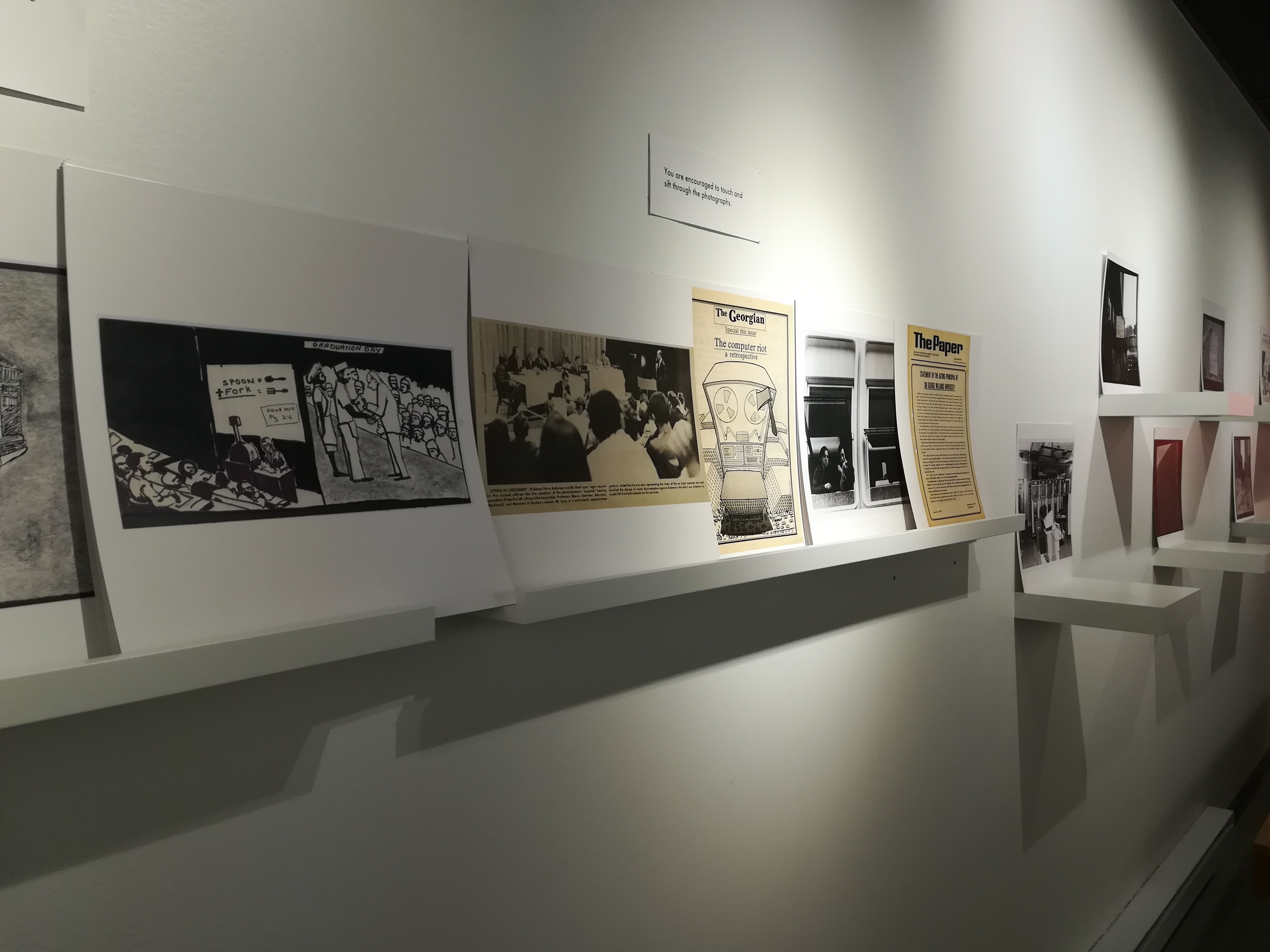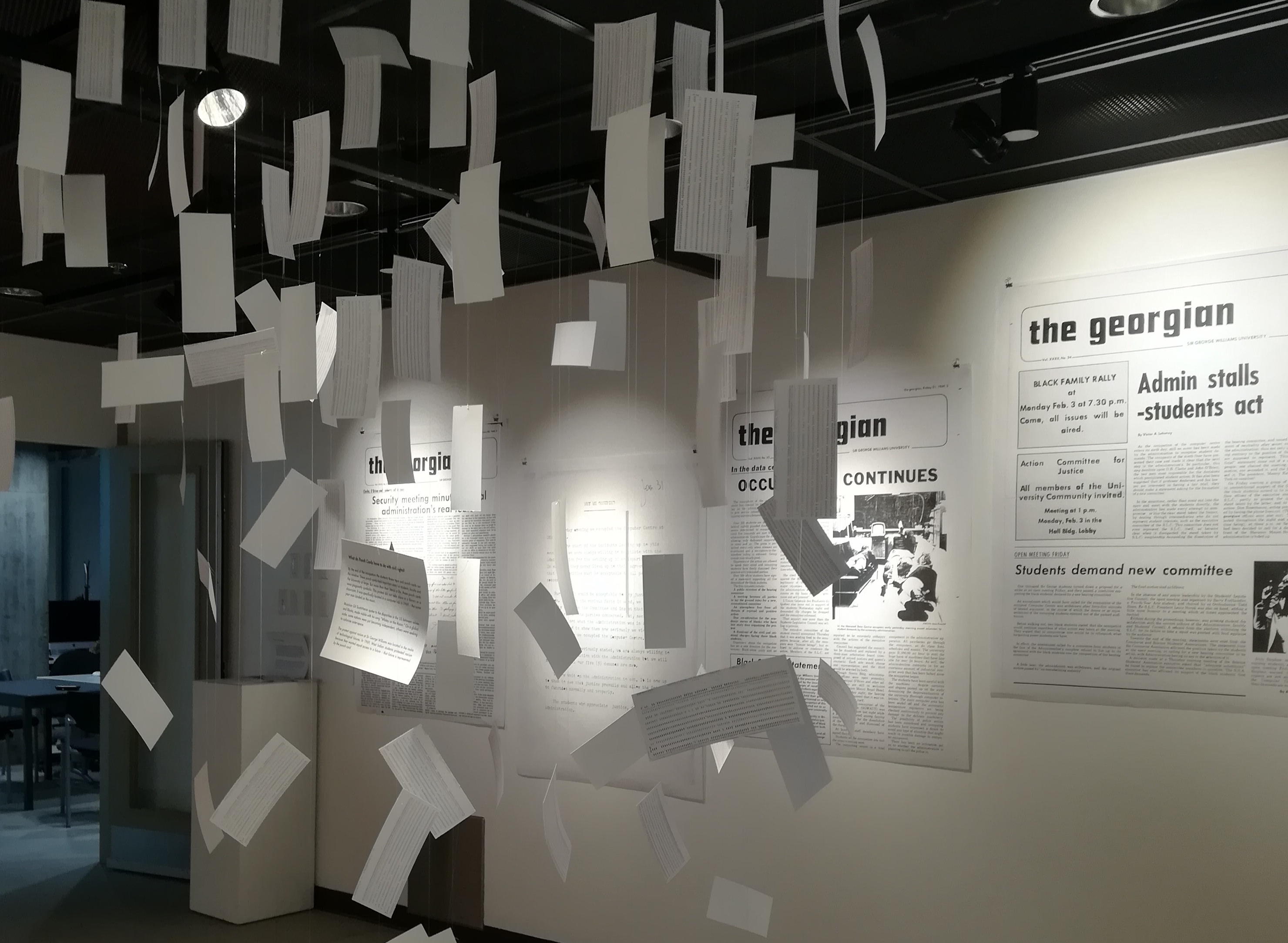A closer look at the role of student journalism in the SGW Affair
With the Sir George Williams Affair, one tends to think about the riots, the violence and the destruction of property, amongst other things. The Affair took place between Jan. 29 and Feb. 11, 1969, when students overtook the seventh and ninth floor computer centres in the Hall building. The students occupied the centres to protest anti-black racism in classrooms. It started as a peaceful protest, but turned violent after the riot police got involved, and was later classified as the largest student occupation in Canadian history. According to CBC, about 200 students occupied the computer centre for roughly two weeks, and on the day of the police riot, 97 arrests were made.
Most accounts of the events that took place focus on the occupation, the involvement of the police, and the destruction of the computer centre that resulted in $2 million worth of damage. While we can expect there to be more to the story than what’s available, what most often don’t consider the integral role that student journalism played in the SGW Affair. The Georgian, the student newspaper at the time, was there from the beginning, covering the events leading up to the Affair, giving readers a more complete version of what happened.

As a continuation of the Protest and Pedagogy event series that was held from Jan. 30 to Feb 16, a pop-up exhibition in the media gallery of the CJ building on the Loyola campus offers a glimpse into these events from a different and more personal perspective.
“It was a very important part of the whole process,” said Christiana Abraham, curator of the pop-up exhibition and a Communications Studies professor at Concordia. “It played an important role in mediating and reporting on what was going on during the occupation, and before the occupation started.” The Georgian acted as a platform to send a clear message to large numbers of students, similar to today’s social media. Its writers were authorized to go in and out of the occupied spaces, allowing them to report on the events as they were happening.
This archival material included a lot more information than the mainstream press; it often offered more details and context about what was really happening. Our perception and remembrance of the events might have been different if the mainstream press had included these details.

“It offered a different narrative of the events,” said Abraham. “It’s given us other kinds of truths and representations as compared to the historical narrative that we have.” The representation of the events portrayed by the mainstream press did not include many truths like this. They did not accurately portray the students and their frustration, the solidarity between them and the strong female roles that came out during the event.
“The mainstream press made it out to appear as if it was a very racialized event, between black and white,” added Abraham. “But when you start looking through these archives, you come to see that there was a lot more solidarity than we have come to know.” The Georgian published the names of all 97 students who were arrested and went on to add how a majority of the students arrested were white. These 97 names included the names of some of the women involved in the Affair. One of the women arrested was Anne Cools, one of the protesters who later became the first Black person to be appointed to the Canadian Senate.
“I was really impressed with the professionalism of the student press at the time,” said Abraham. “Even fifty years later, they are a very important source for us. They gave us an inside view of what was going on that the mainstream press didn’t offer.” The pop-up gallery presents visitors with a new and more intimate perspective on the events that took place 50 years ago. The CJ building media gallery is open to visitors from 9 a.m. to 5 p.m. until March 29.




